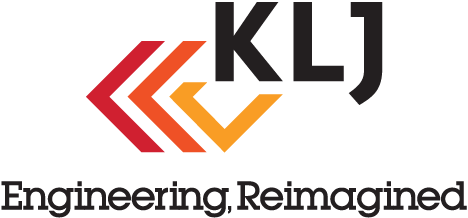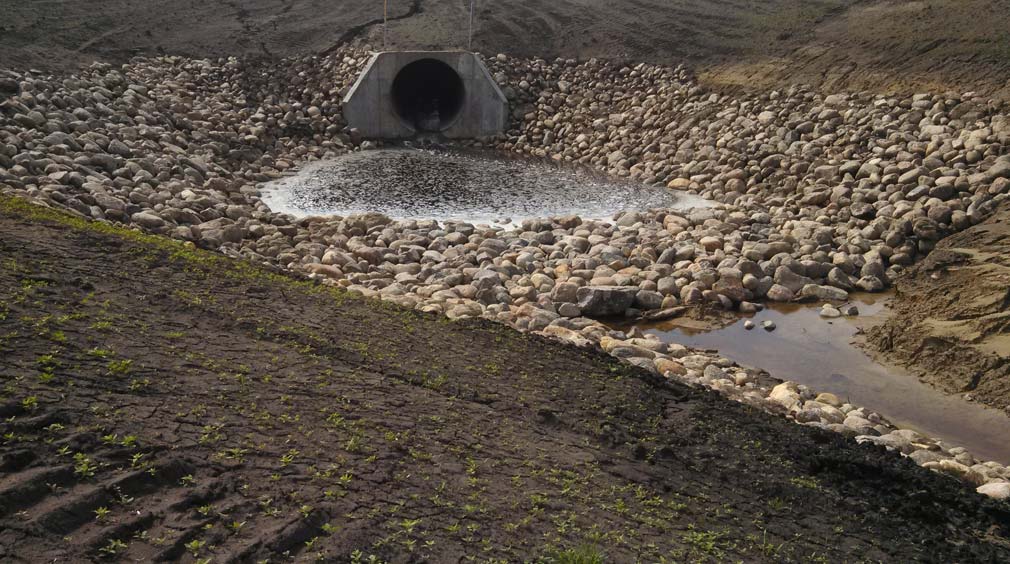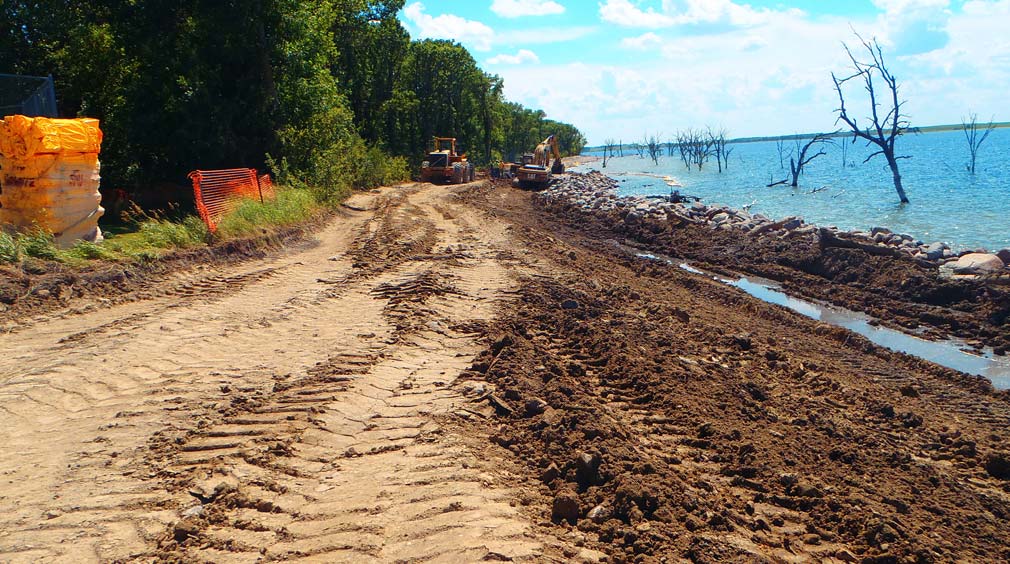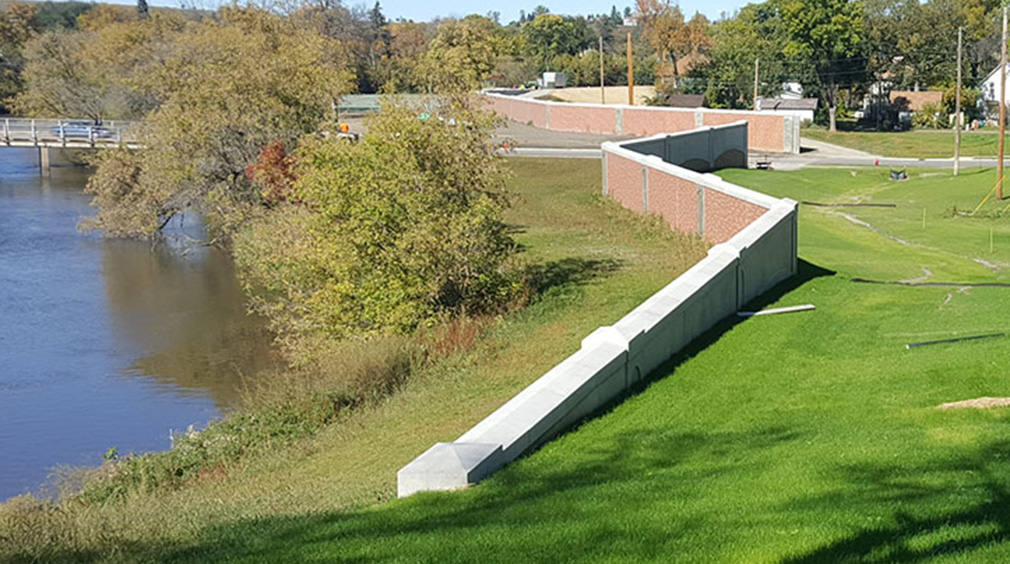Project
In spring 2022, Montana received a Presidential Major Disaster Declaration in response to the devastating flooding across portions of the state of Montana. One of the hardest-hit areas was near Blankenship Bridge in Flathead County, where the convergence of the North Fork and Middle Fork of the Flathead River led to severe erosion. Approximately 50 feet of riverbank embankment was lost over a 150-foot section, altering the river’s trajectory and threatening both the bridge abutment and approach roadway. KLJ was engaged to address the immediate erosion concerns and develop long-term stabilization solutions.
Solution
KLJ delivered comprehensive engineering services including both preliminary and final design, followed by active construction phase services. The project began with robust site investigations, which included bathymetric and topographic surveys, a geotechnical investigation, and hydraulic modeling. These assessments informed a detailed scour evaluation to determine the risk to structural elements and to shape the mitigation strategy. Environmental considerations were prioritized throughout, with coordination involving Montana Fish, Wildlife, and Parks to ensure regulatory alignment and ecological sensitivity.
In addition to the technical design, KLJ facilitated public engagement efforts and supported funding acquisition to help the county implement this critical infrastructure project. The resulting solution involved a bank stabilization design that balanced durability with environmental stewardship. The engineered measures included Class 3 riprap, native river cobble, bio-engineered soil lifts, and submerged root wads—enhancing stability while also providing habitat for native fish species. Strategically placed vegetation further reinforced the bank and promoted ecological restoration.
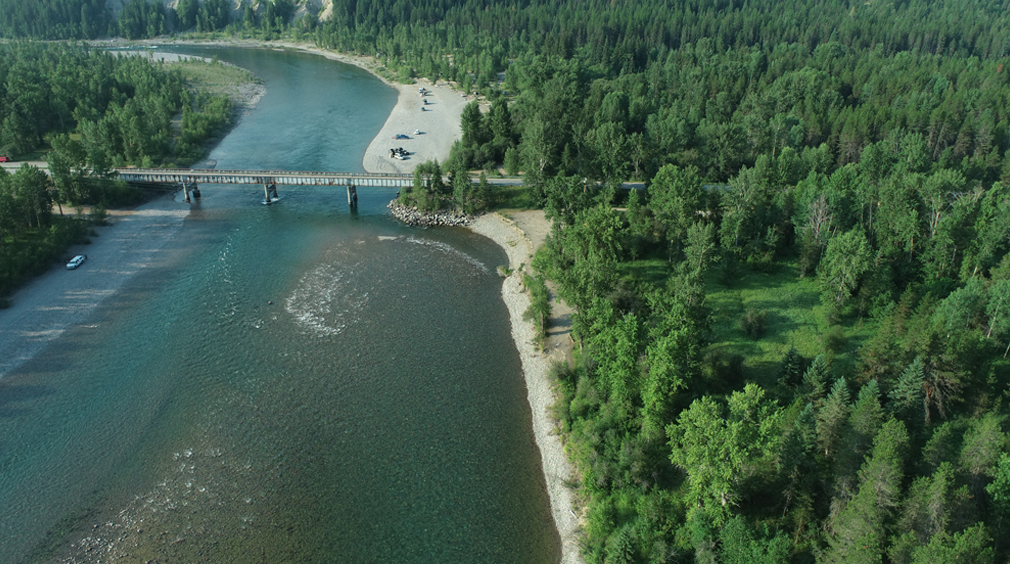
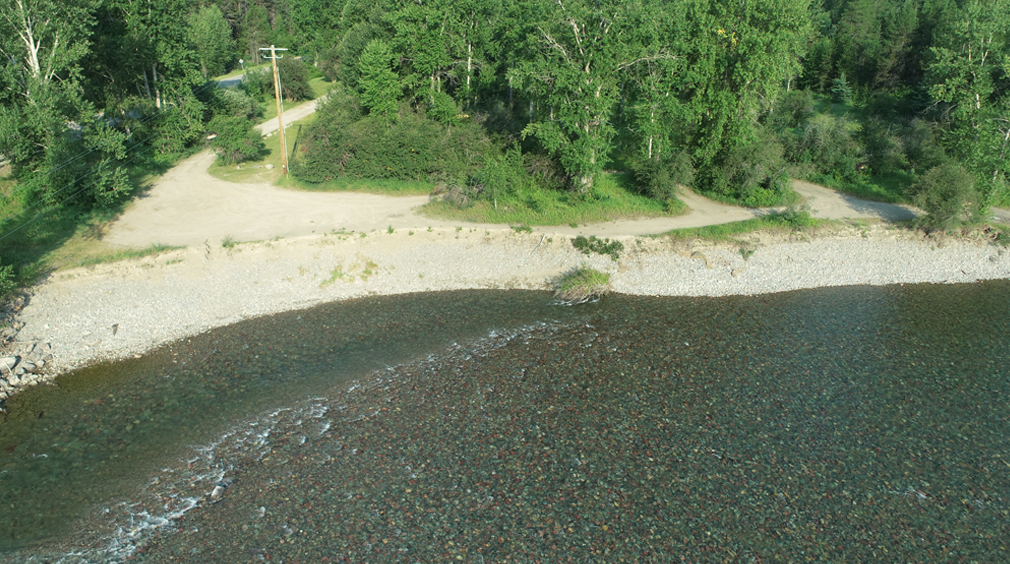
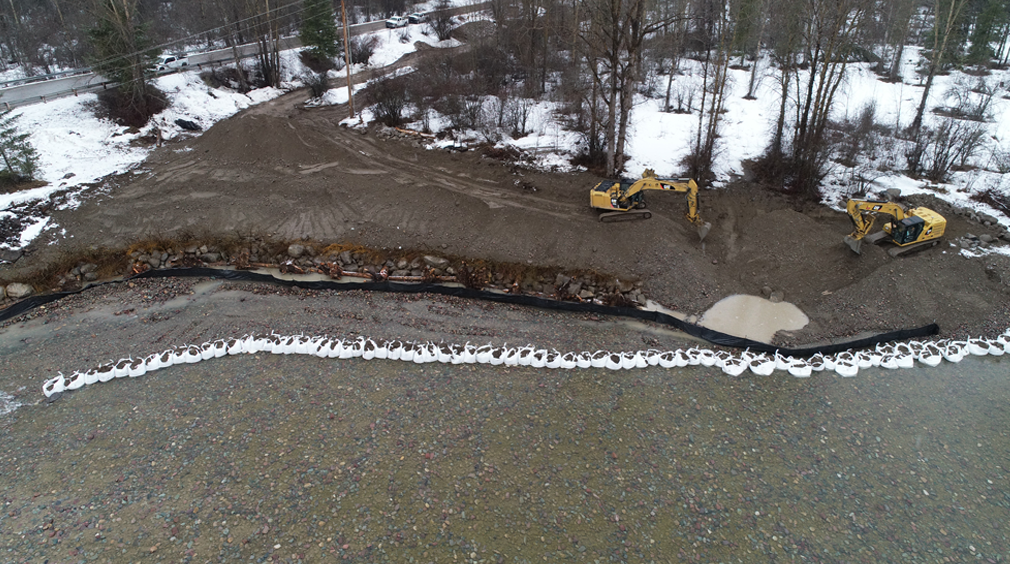
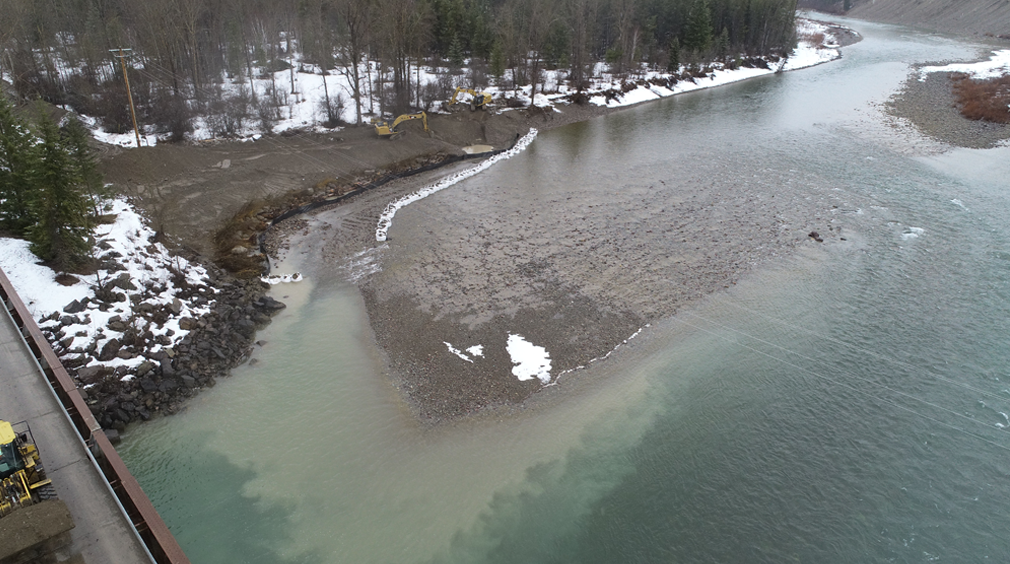
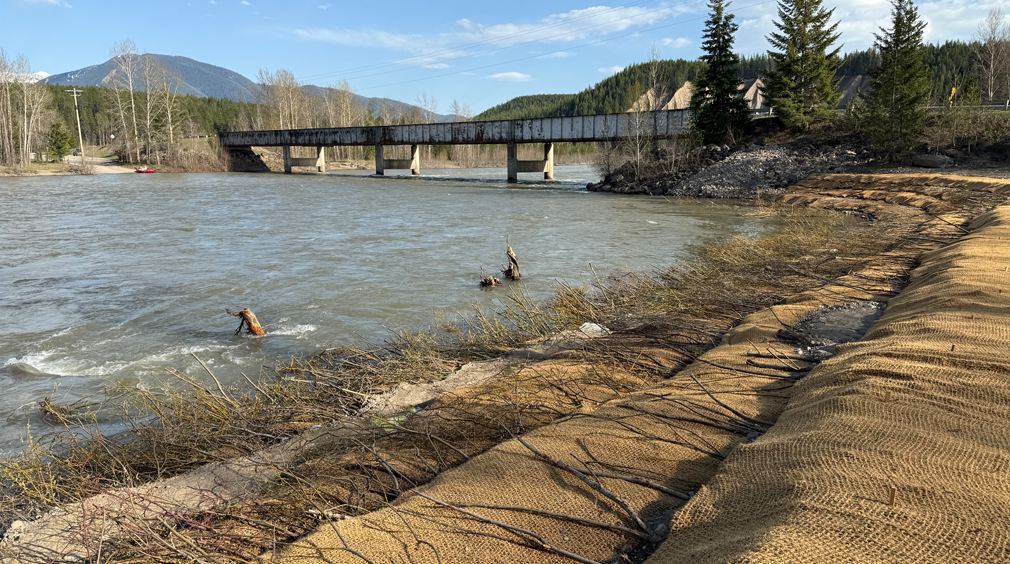
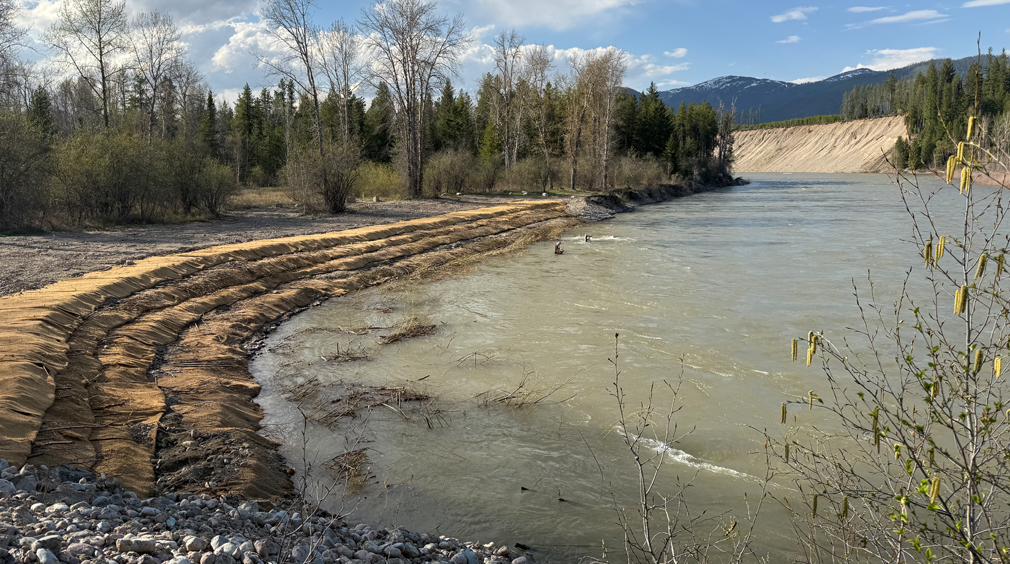
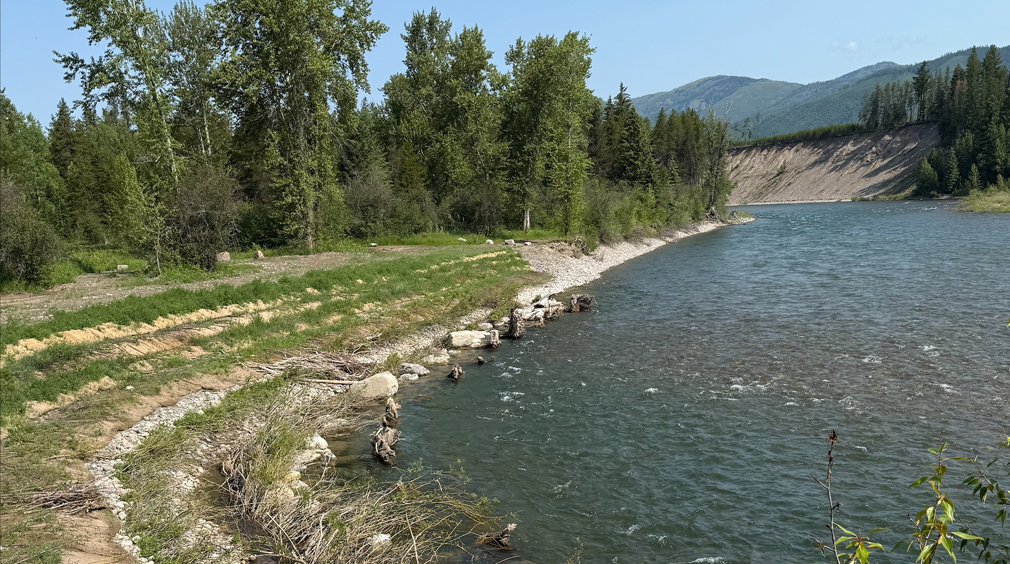
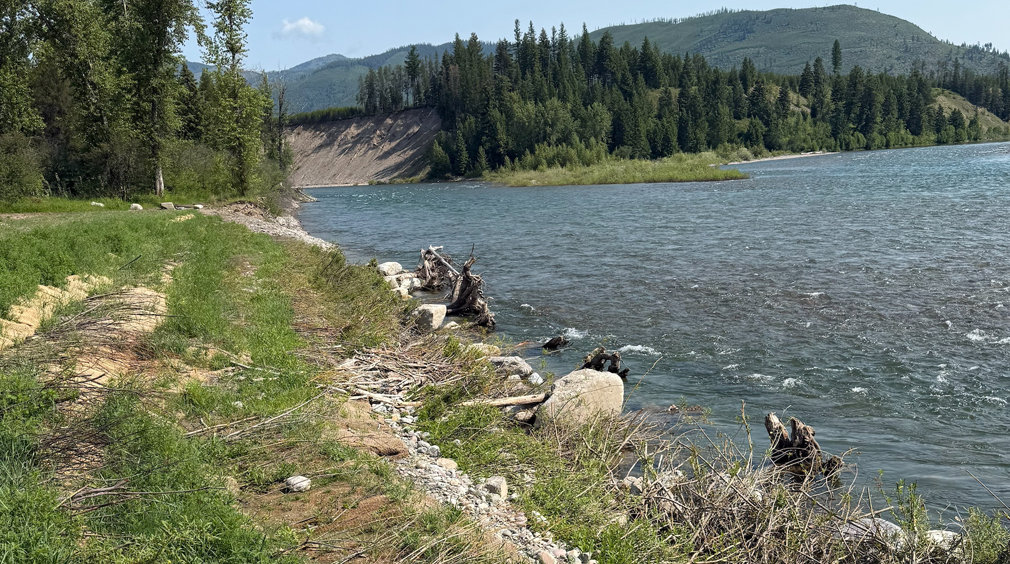
Result
The final stabilization approach successfully mitigated further erosion risks at the Blankenship Bridge site while preserving the surrounding natural environment. KLJ’s integrated design not only protected vital transportation infrastructure but also contributed to the ecological health of the Flathead River system. The collaborative approach across engineering, environmental compliance, and public engagement delivered a resilient and community-aligned solution.
